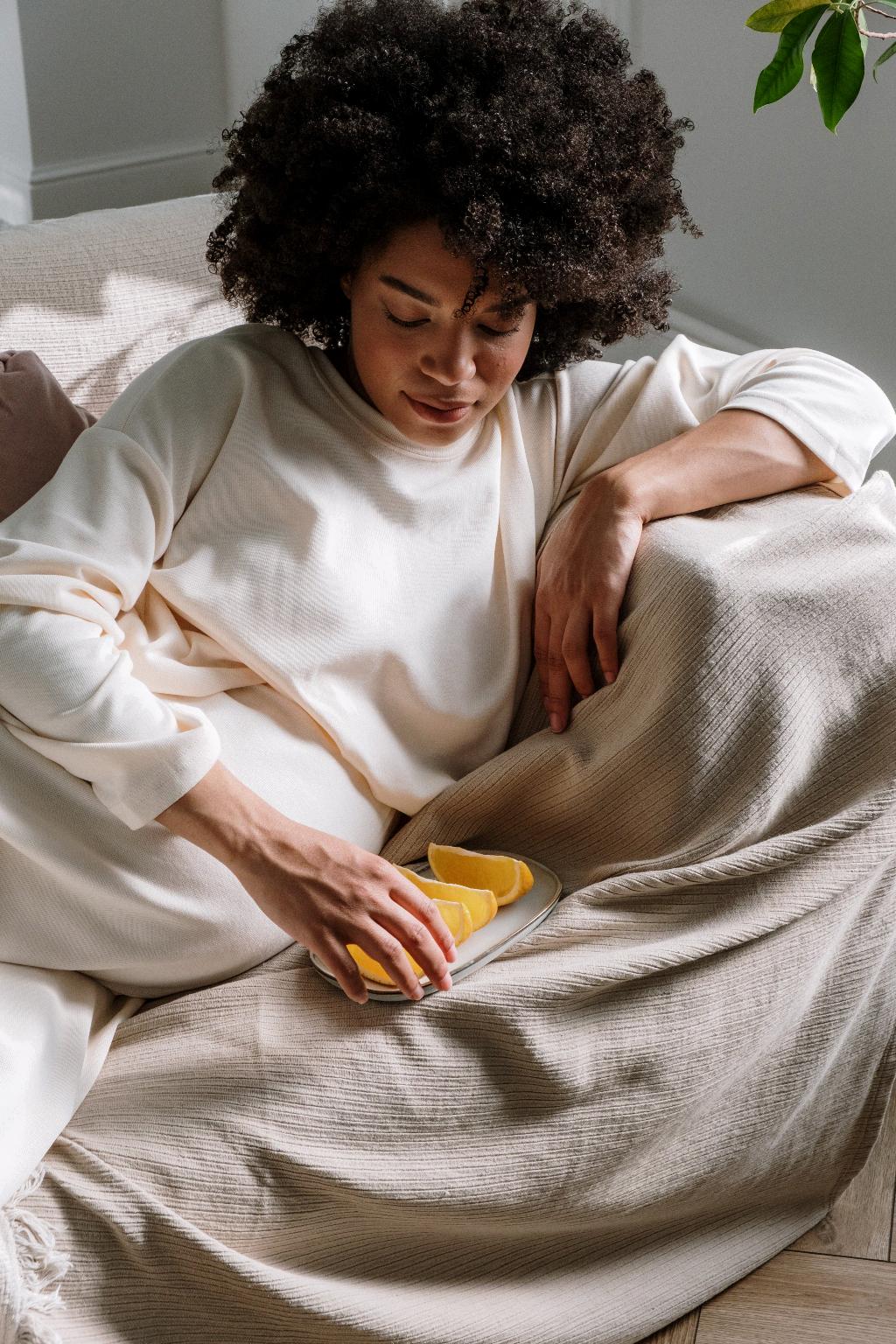When it comes to the safety of unborn babies, pregnant women need to be particularly cautious about their exposure to harmful substances, including paint fumes. Research has indicated that inhaling spray paint fumes during pregnancy can pose serious risks to the health of the fetus. It is crucial for expectant mothers to understand these potential dangers and take necessary precautions.
The Impact of Paint Fumes on Unborn Babies
Studies have highlighted the various risks associated with exposure to paint fumes, especially in the second and third trimesters of pregnancy. Inhalation of these fumes can potentially lead to an increased risk of miscarriage, as well as an elevated likelihood of birth defects in the developing fetus. These findings emphasize the importance of avoiding contact with such harmful substances during pregnancy.
Understanding the Chemical Composition of Spray Paint Fumes
Spray paints often contain volatile organic compounds (VOCs) and other toxic chemicals that can be harmful when inhaled. These substances can adversely affect the respiratory system and may penetrate the placenta, thereby reaching the developing baby. It is essential for pregnant women to be aware of the composition of the products they are exposed to and take appropriate safety measures.
Precautionary Measures for Pregnant Women
To minimize the risks associated with spray paint fumes, pregnant women should avoid any direct contact with these substances. It is advisable to ensure proper ventilation in the painting area and wear protective gear, such as masks, to reduce inhalation of harmful fumes. Additionally, opting for water-based or low-VOC paints can help mitigate the potential dangers to both mother and baby.
Consulting with a Healthcare Provider
Expectant mothers who have concerns about exposure to spray paint fumes should consult with their healthcare provider for personalized guidance. Medical professionals can offer advice tailored to individual circumstances and provide recommendations on how to safeguard the health of both the mother and the developing fetus.
Alternative Painting Options for Pregnant Women
For pregnant women who wish to engage in painting activities, there are safer alternatives available. Choosing non-toxic paints and conducting painting projects in well-ventilated areas can significantly reduce the risk of inhaling harmful fumes. Prioritizing safety measures is crucial to ensure a healthy pregnancy.
Long-Term Impact of Paint Fume Exposure
Exposure to paint fumes during pregnancy can have long-term consequences on the health and development of the child. Research suggests that certain chemicals found in paint fumes may be linked to respiratory issues, neurodevelopmental disorders, and other health concerns in offspring. Taking proactive steps to avoid exposure is essential for safeguarding the well-being of the unborn baby.
Educating Others on the Risks of Paint Fumes
It is important to raise awareness about the dangers of spray paint fumes during pregnancy not only for expectant mothers but also for their families and communities. By sharing information on the potential risks and promoting safe painting practices, we can contribute to creating a healthier environment for pregnant women and their unborn babies.
Conclusion
In conclusion, the question of whether spray paint fumes can harm unborn babies is met with a resounding affirmation based on scientific evidence. Pregnant women must prioritize their health and the well-being of their developing fetus by avoiding exposure to harmful substances such as paint fumes. By understanding the risks involved, taking precautionary measures, and seeking guidance from healthcare professionals, expectant mothers can help ensure a safe and healthy pregnancy.

